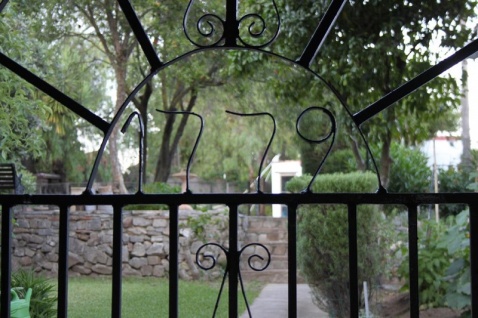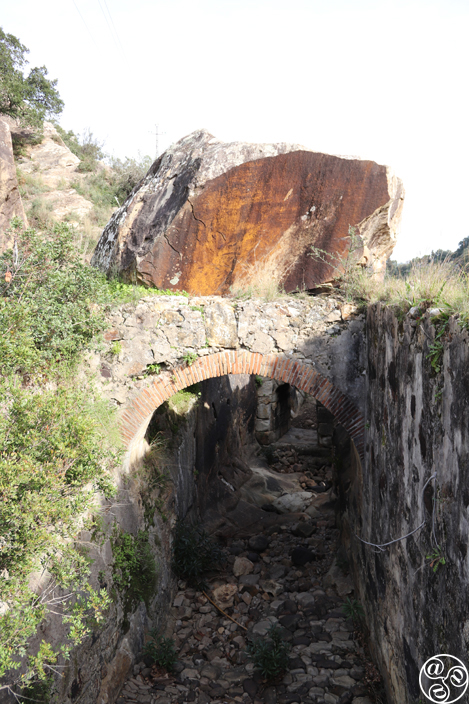
Gate inside the El Estanque y El Almendro denoting a key date in the life of the old artillery factory © Booking.com / El Estanque y El Almendro - The Royal Artillery Factory |
|
Royal Artillery Factory of Carlos III
The Royal Artillery Factory of Carlos III was built in 1777 in order to produce military supplies (mainly cannon balls) for the Spanish Navy. Some of the armaments made here were transported to Spanish colonies in the Americas; however the factory’s main role was during the Great Siege of Gibraltar (1779-1783). Munitions were exported down the River Hozgarganta to the mouth of the River Palmones on the Bay of Algeciras, near the ancient Roman city of Carteia.
In addition to the pressure of supplying munitions for Great Siege, the factory encountered many practical problems. The lack of continuous and reliable river flow made transporting munitions difficult, as well as having to contend with floods in winter and low water levels in summer. Also, the quality of the iron ore mined nearby was lower than expected, and the impending French Revolution of 1789 caused uncertainty as many engineers and technicians were French. The factory was closed in 1787. Part of its infrastructure continued to be used as a flour mill in the years afterwards.
Today, whilst walking along the path next to the Hozgarganta River, you can see remnants of the deep stone canal that collected water upstream from San Pablo. You can also spot the sluice gates that were used to control the level of water coming from the river to the factory.

The old factory buildings are now occupied by El Estanque y El Almendro, a charming rural hotel.
The Royal Artillery Factory’s remains can be found south of the village, heading down Calle Pasada de Alcalá, turning right before the steel bridge which leads over the river and away from the village, further into the Alcornocales Natural Park. There is a sign on the corner denoting the ruta de senderismo (hiking path/route).
Further reading 'Carlos III y las Reales Fábricas de Artillería de Jimena de la Frontera' by historian Antonio Torremocha.